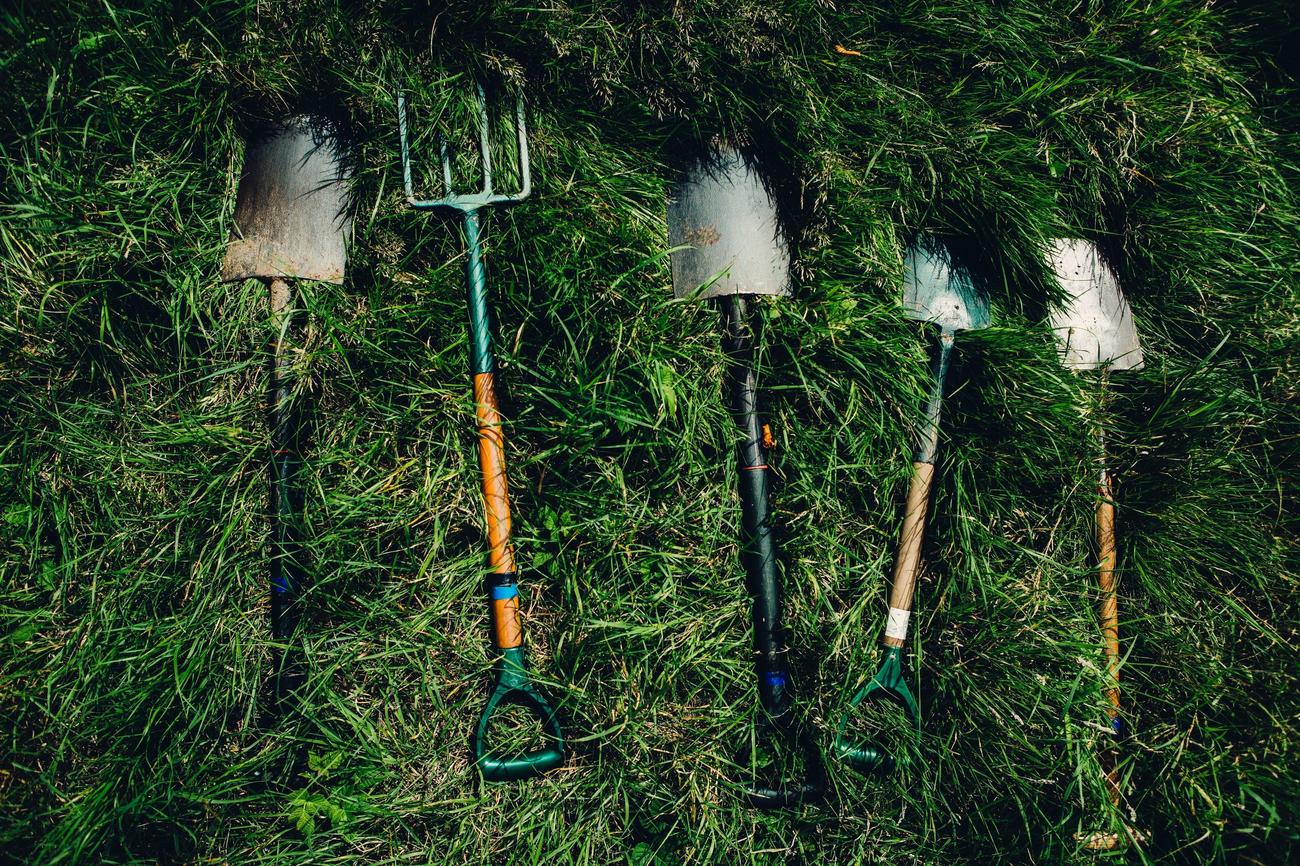Are you ready to dive into the world of composting? In this article, we will unravel the secrets behind the fascinating science of composting and explore its practical tips and benefits. As a seasoned environmentalist and composting expert, I am excited to guide you through this process, shedding light on how our everyday waste can be transformed into a valuable resource. Whether you’re a gardening enthusiast or simply passionate about reducing your carbon footprint, join me on this journey to discover the wonders of composting and learn how you can make a positive impact on our planet.

The Composting Process: Simple Techniques for Effective Results
Composting is both a science and an art. It’s a natural process that breaks down organic waste into nutrient-rich soil amendments, reducing landfill waste and nurturing the health of our environment. If you’re eager to embrace sustainability and make a positive impact on our planet, understanding the composting process is essential. In this article, we’ll explore practical tips and techniques for successful composting, allowing you to turn your kitchen and yard waste into “black gold” for your garden.
Choosing the Right Composter and Location
To kickstart your composting journey, selecting the right composter and finding a suitable location are key. There are two main options: an open pile or a compost bin. An open pile is a simple and budget-friendly choice, especially if you have ample space. A compost bin, on the other hand, provides better control over the composting process. It keeps the materials contained and enhances the overall aesthetics of your composting area.
Once you’ve decided on the type of composter, it’s time to choose a suitable location. Ensure that the spot receives adequate sunlight and is well-drained. This allows for the optimum temperature and moisture level needed for the composting process to thrive. Remember, a little planning goes a long way in ensuring successful composting!
Layering Organic Material for Optimal Breakdown
Now that we have our composter ready, let’s delve into the composting process itself. One of the fundamental techniques to ensure efficient decomposition is layering. Alternating layers of organic material promotes airflow and prevents the formation of compacted, smelly masses.
Begin by adding a layer of dry, brown materials such as leaves, straw, or shredded newspaper. These carbon-rich ingredients provide a necessary balance to the compost pile. Follow this with a layer of green, nitrogen-rich materials like grass clippings, vegetable scraps, and coffee grounds. This balance of carbon and nitrogen ensures a healthy environment for the composting microorganisms.
Pro tip:
Remember, “browns” add carbon, while “greens” add nitrogen. Aim for a ratio of roughly three parts browns to one part greens.
Regulating the Compost with Regular Feedings
Just like any living organism, a compost pile needs nourishment. Regularly adding kitchen and yard waste keeps the process churning. Remember to chop larger items into smaller pieces to speed up decomposition. Be cautious, though, and avoid meat, dairy, and oily items, as they can attract pests and slow down the composting process.
As your compost pile grows, continue layering it with a mix of browns and greens. Quote:
“The secret to success lies in maintaining a well-balanced ecosystem within your compost bin.”
Airing the Compost: Oxygen is the Breath of Life
Microorganisms involved in the composting process require oxygen to break down organic matter effectively. Proper ventilation is the key here. If you’re using a compost bin, ensure it has adequate airflow through ventilation holes or slots. For those working with open piles, turning the materials regularly will introduce the necessary oxygen.
Pro tip:
“Give your compost a breath of fresh air every two weeks by turning the pile. This will expedite the decomposition process.”
Harvesting the Fruits of Your Labor
As the weeks and months go by, you’ll start to see a transformation within your compost. The decaying materials gradually transform into dark, crumbly, and earthy-smelling goodness. At this point, the compost is ready to be harvested and used in your garden. Spread it as a soil amendment, mix it into potting soil, or even create compost tea for your plants’ nourishment.
Remember, the composting process is a journey that requires patience and dedication. Depending on the method you choose, composting can take anywhere from a few months to a year or two. But anyone can do it, and the benefits are endless.
Exploring Different Composting Methods
While we’ve covered the basics, it’s worth noting that there are various composting methods beyond the backyard pile or bin technique. Let’s briefly explore a few popular alternatives:
Onsite Composting: Ideal for those with limited space, this method involves composting directly in a designated area of your garden. It’s convenient, requires no additional equipment, and ensures a smaller carbon footprint.
Vermiculture: Also known as worm composting, this technique involves employing earthworms to break down organic waste. Worms are incredibly efficient composters and produce rich vermicompost in a shorter time frame.
Aerated Windrow Composting: This method involves creating long rows of compost material, which are turned regularly using machinery or manual labor. It’s commonly used on larger scales, such as in commercial or municipal composting operations.
Aerated Static Pile Composting: This technique utilizes mechanically driven airflow to achieve optimal decomposition. It requires a dedicated composting system with controlled air supply, making it more suitable for larger composting projects.
In conclusion, by embracing the composting process, you’re not only contributing to a healthier planet but also creating a valuable resource for your garden. With the practical tips and techniques shared here, you’re now equipped to start composting and make a real difference. It’s time to unleash your inner environmental steward and become a composting hero!
So, what are you waiting for? Start composting today and witness the magic of transforming waste into nourishment!
Recycling is becoming increasingly important in our society today. The need to reduce waste and conserve resources has led to a greater emphasis on recycling. If you’re curious about the benefits and facts surrounding recycling, you should check out these interesting articles about Facts About Recycling. You can find more information at Facts About Recycling. So go ahead, click the link and educate yourself about the positive impact recycling can have on our environment. Let’s make a difference together!
FAQ
Question 1: What types of backyard compost bins are available?
Answer 1: There are two main types of backyard compost bins: open piles and compost bins. Open piles involve creating a mound of organic materials directly on the ground, while compost bins are enclosed containers designed specifically for composting.
Question 2: How do I choose a suitable location for my composter?
Answer 2: When selecting a location for your composter, it’s important to choose a spot that receives adequate sunlight and drainage. Avoid placing the composter too close to your house or trees, as it may attract pests or create a mess when turning the compost.
Question 3: What is the proper way to layer organic material in the compost bin?
Answer 3: Layering organic material is key to the composting process. Start with a layer of twigs or straw at the bottom to aid in aeration, then alternate between layers of “green” nitrogen-rich materials (e.g., kitchen scraps, grass clippings) and “brown” carbon-rich materials (e.g., leaves, shredded paper). Repeat this layering process until the compost bin is full.
Question 4: How often should I add kitchen and yard waste to the compost bin?
Answer 4: It’s important to regularly add kitchen and yard waste to the compost bin to maintain a healthy balance of organic materials. Aim to add these waste materials at least once a week, but you can add them more frequently if desired.
Question 5: What should I do once the compost bin is full?
Answer 5: Once the compost bin is full, you can continue to add new layers on top or start a new bin. However, it’s important to maintain the compost by turning it frequently to provide oxygen to the microorganisms and promote decomposition. Turning the pile every two weeks is a good rule of thumb.
- Unlock Water’s Symbolism: A Cross-Cultural Exploration - April 20, 2025
- Identify Black and White Snakes: Venomous or Harmless? - April 20, 2025
- Unlocking Potential: Origins High School’s NYC Story - April 20, 2025















